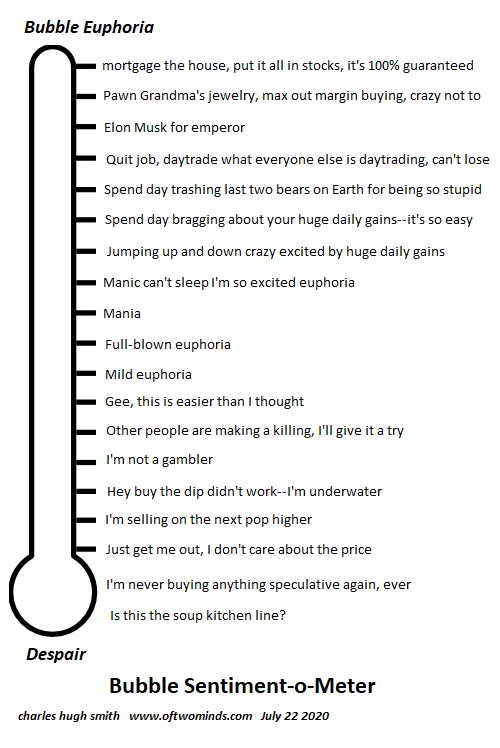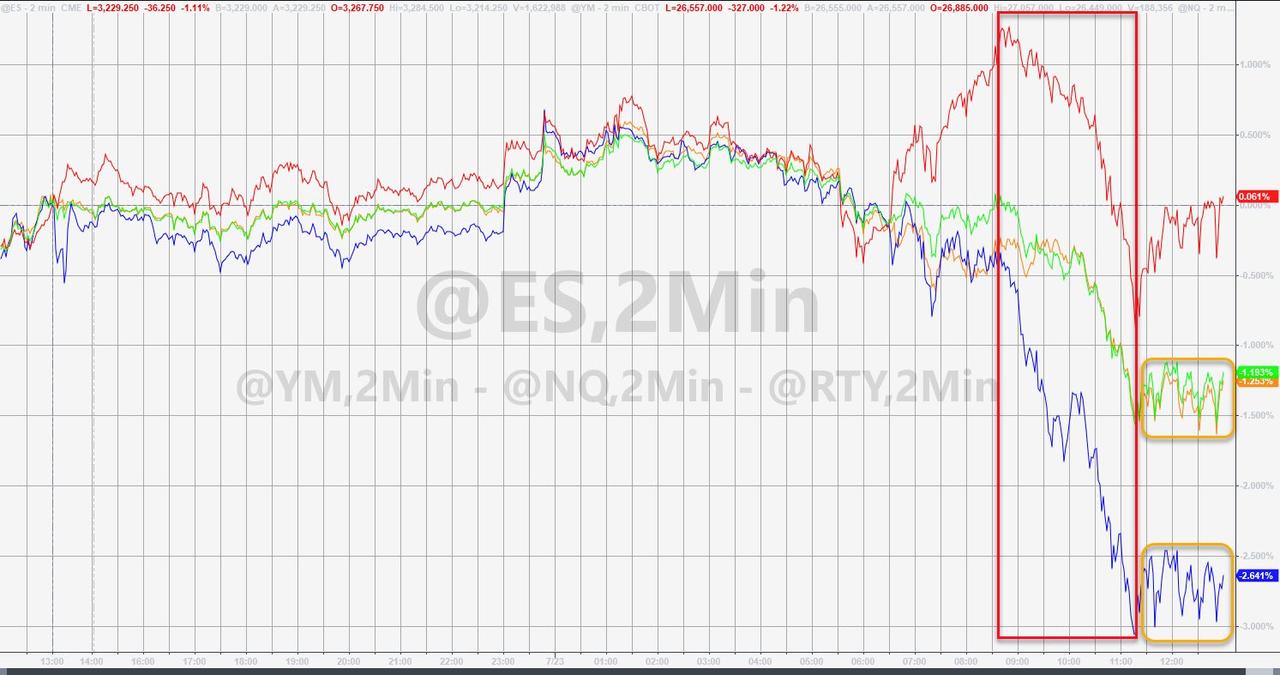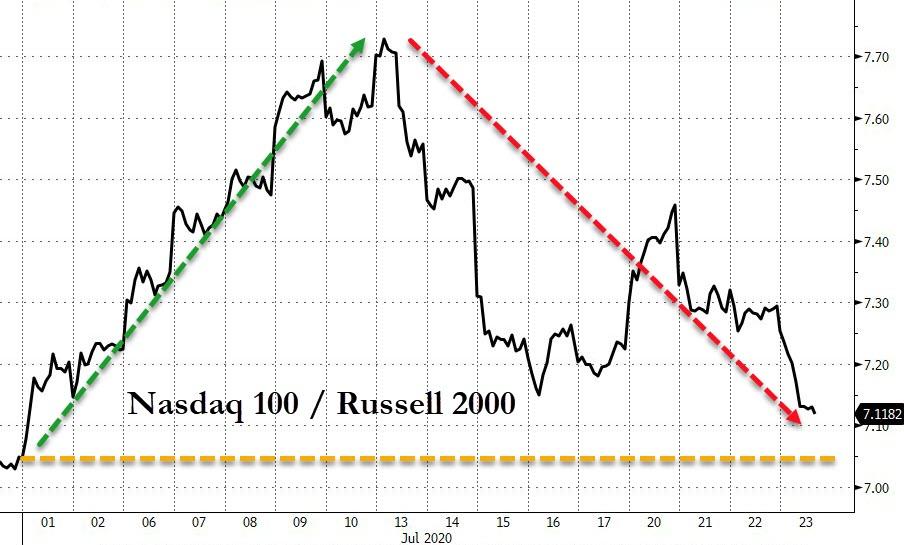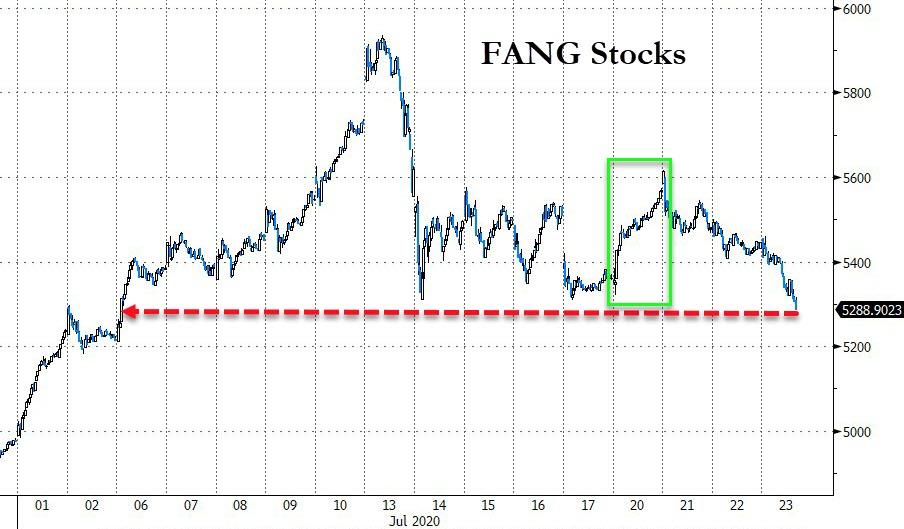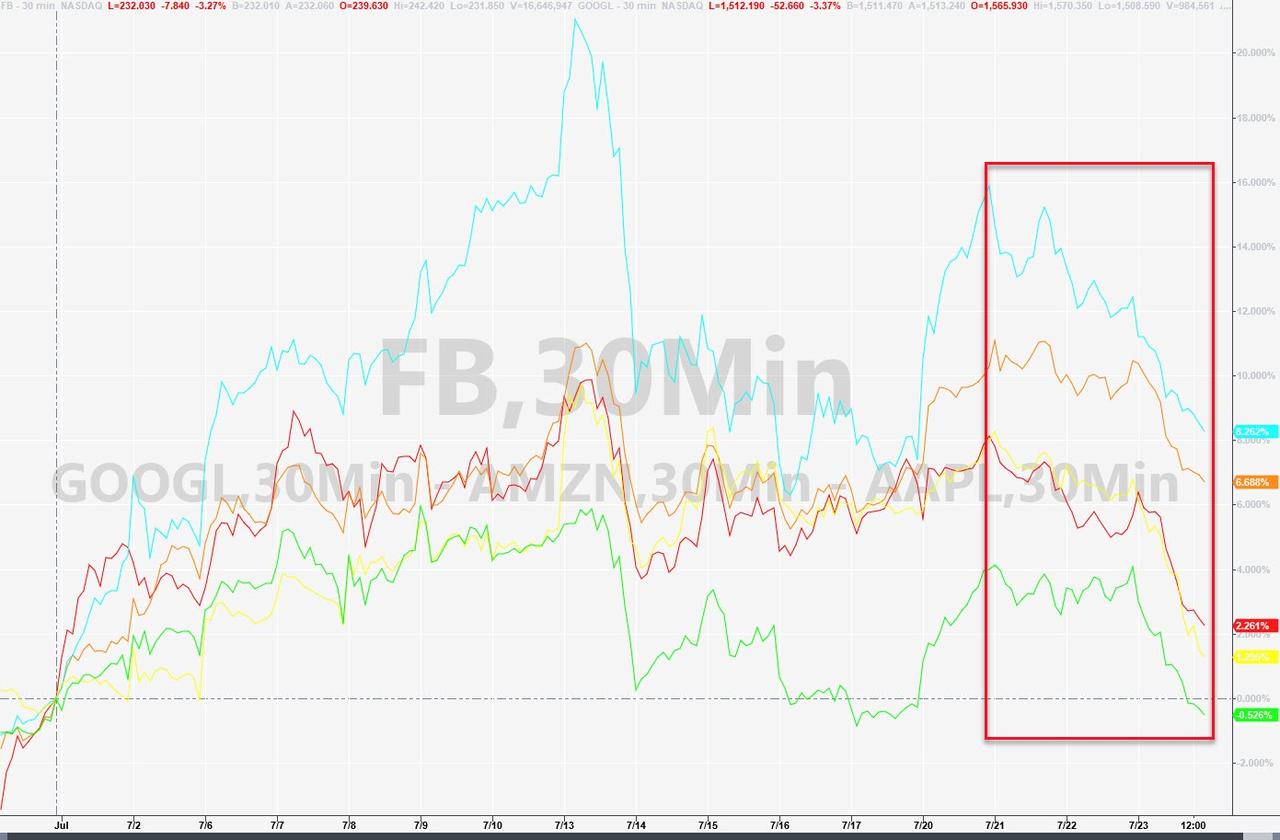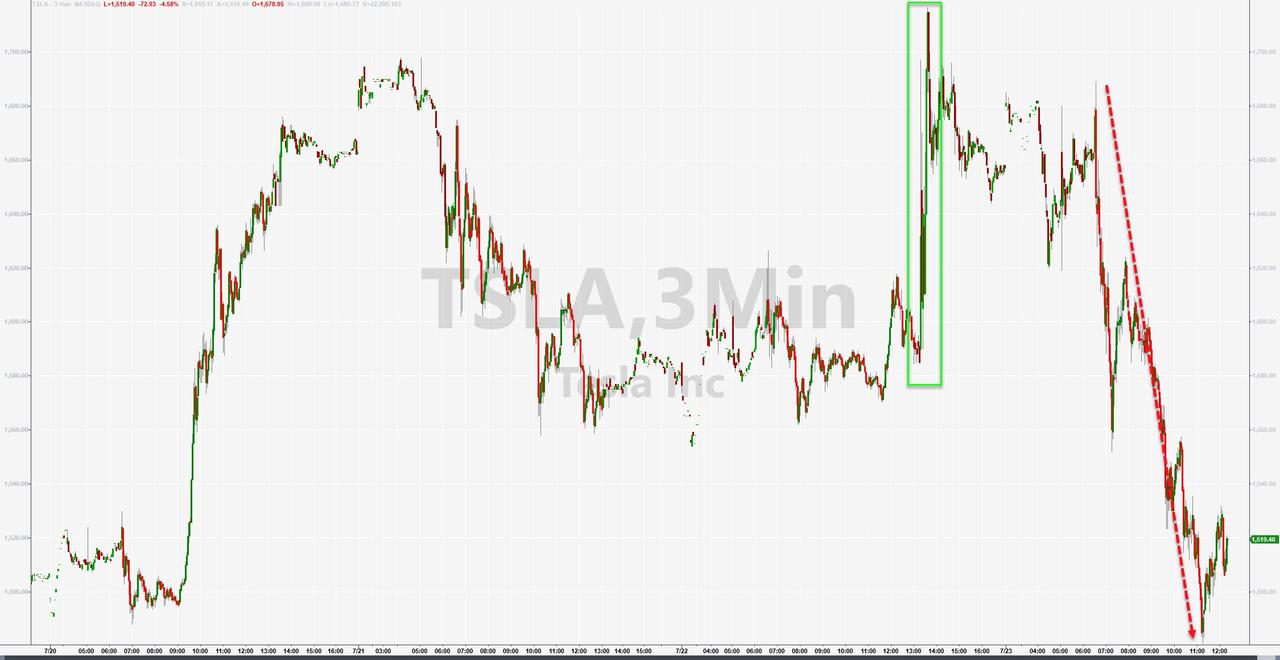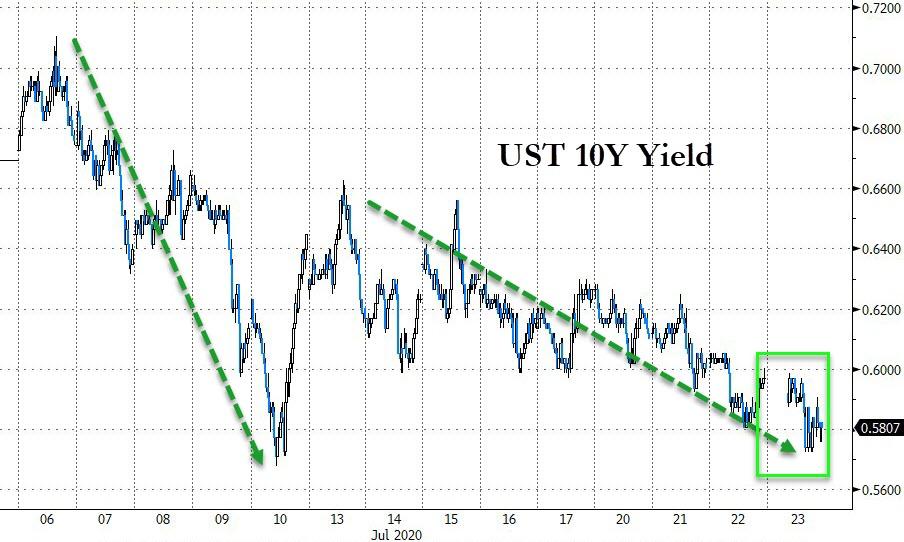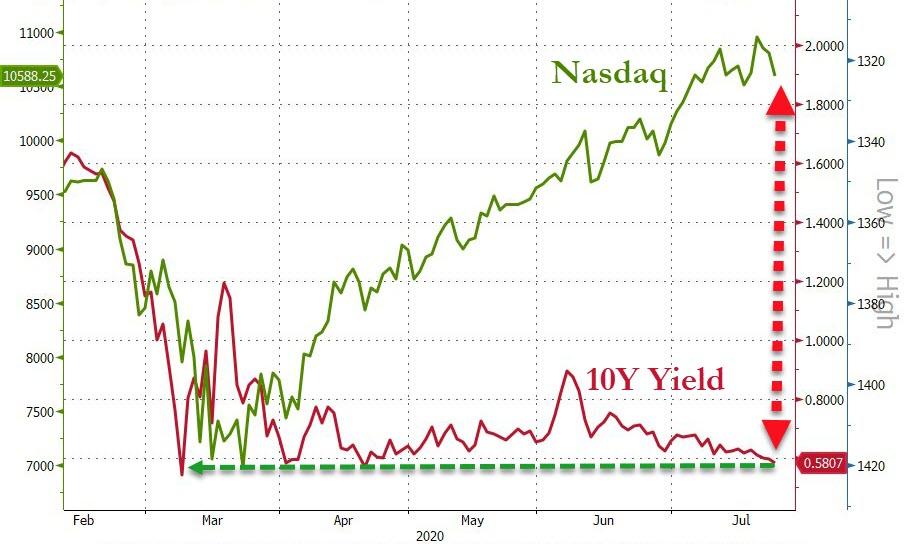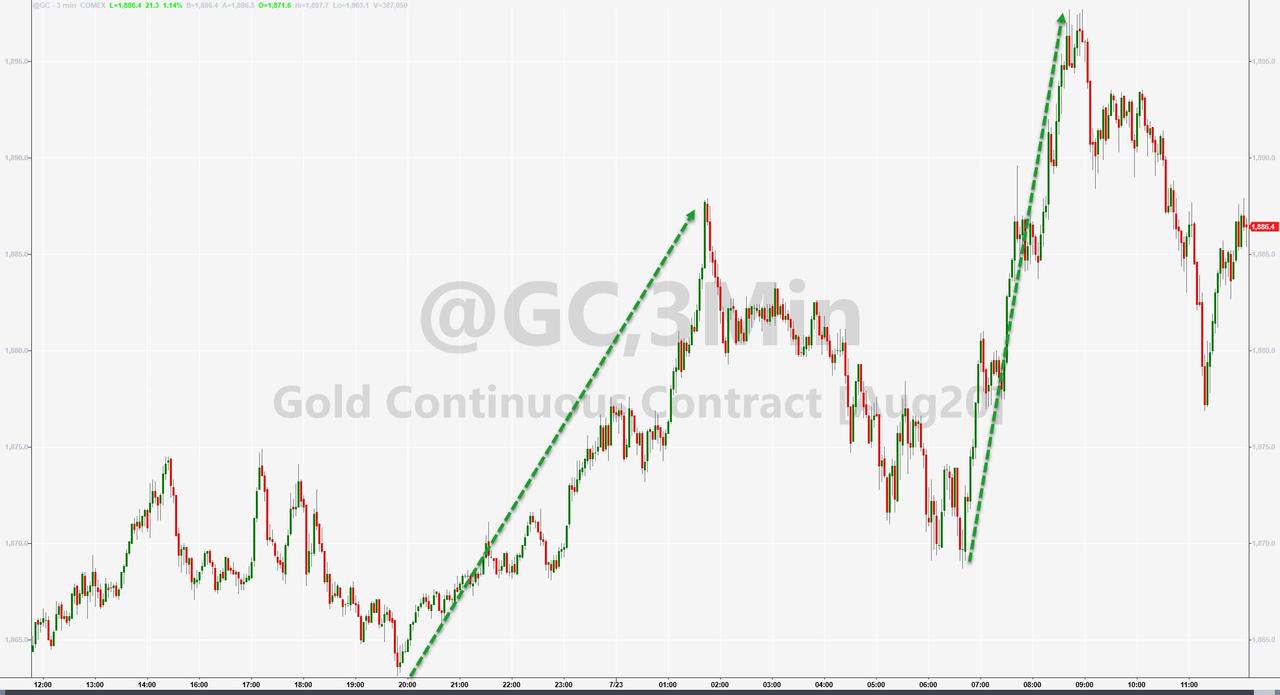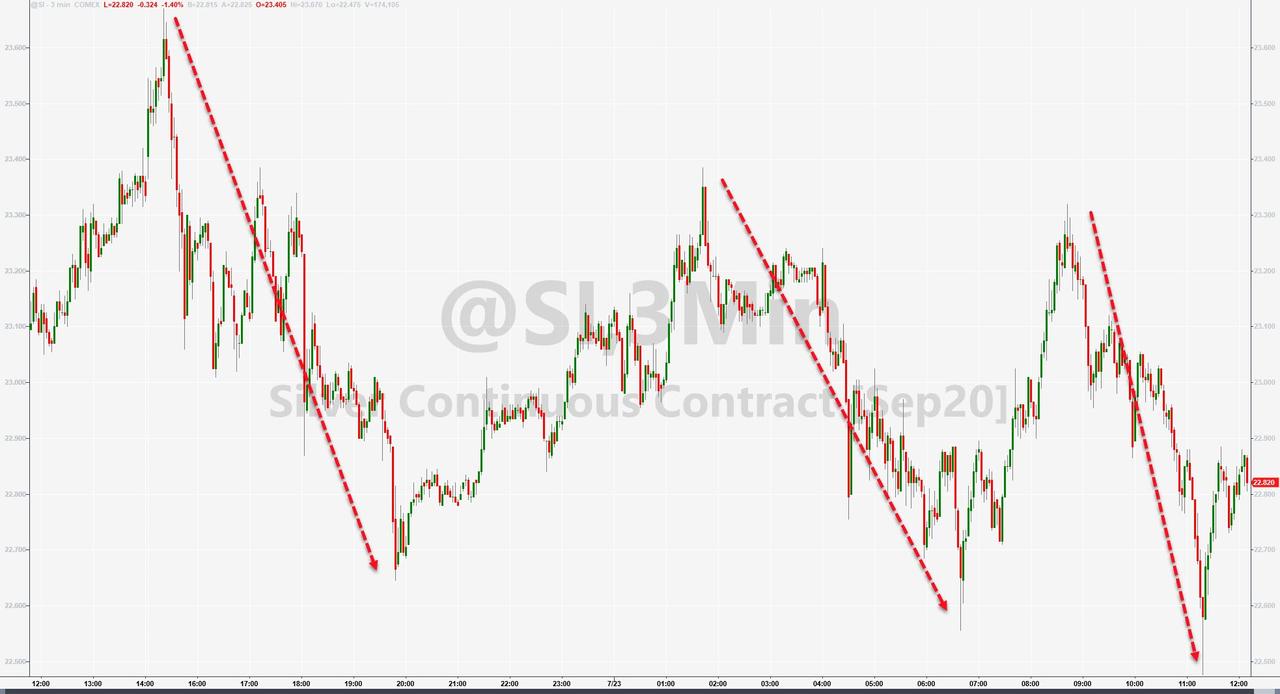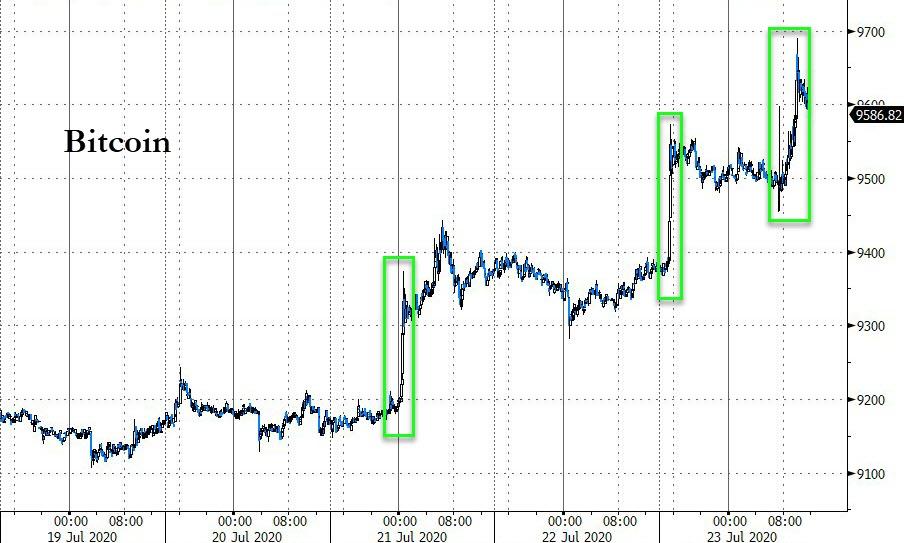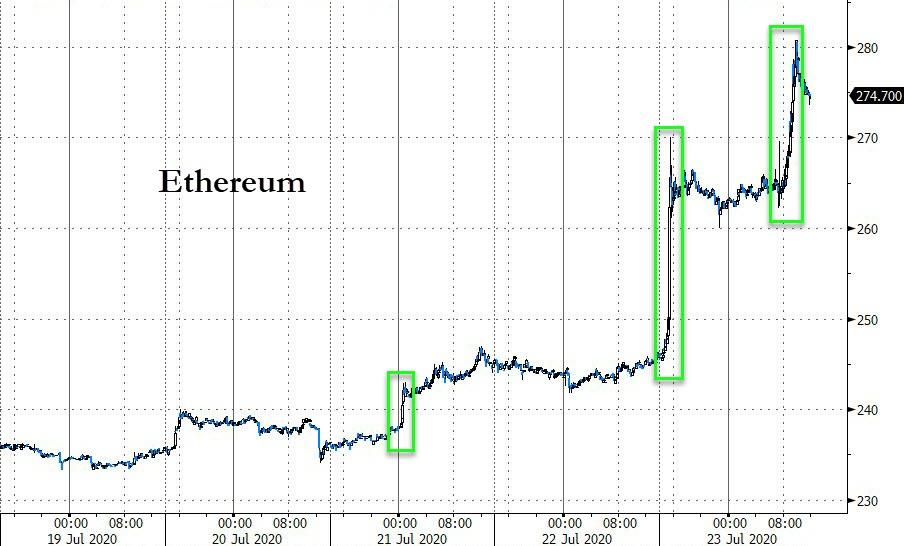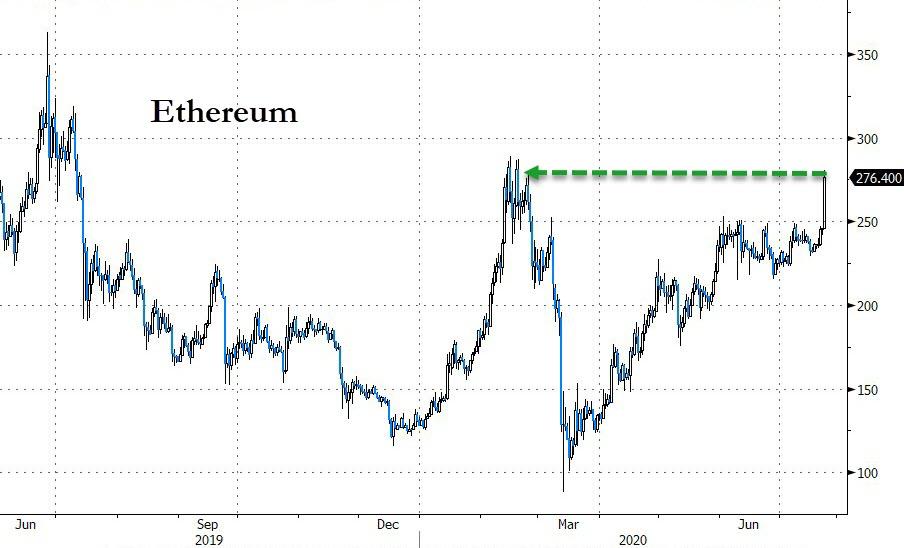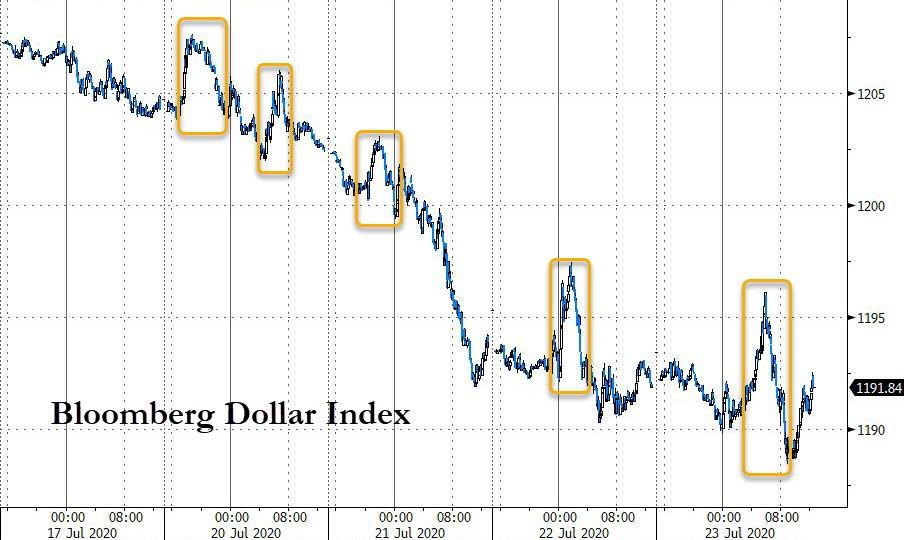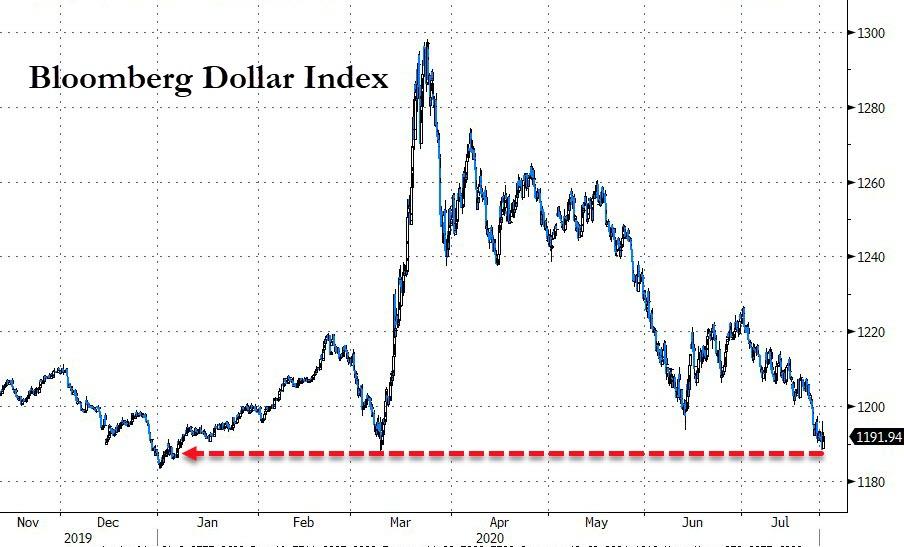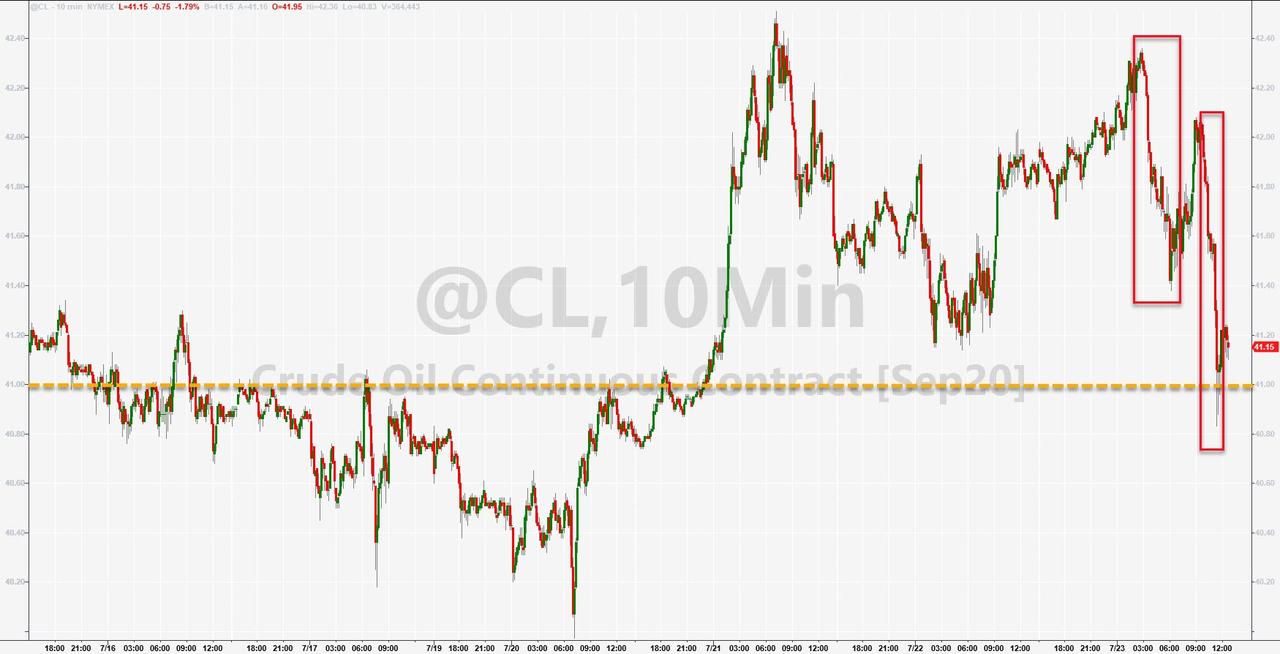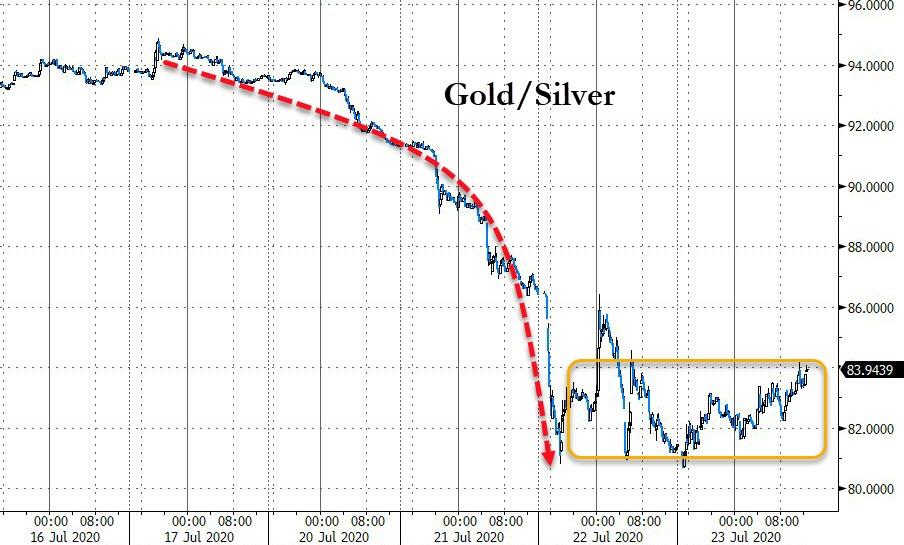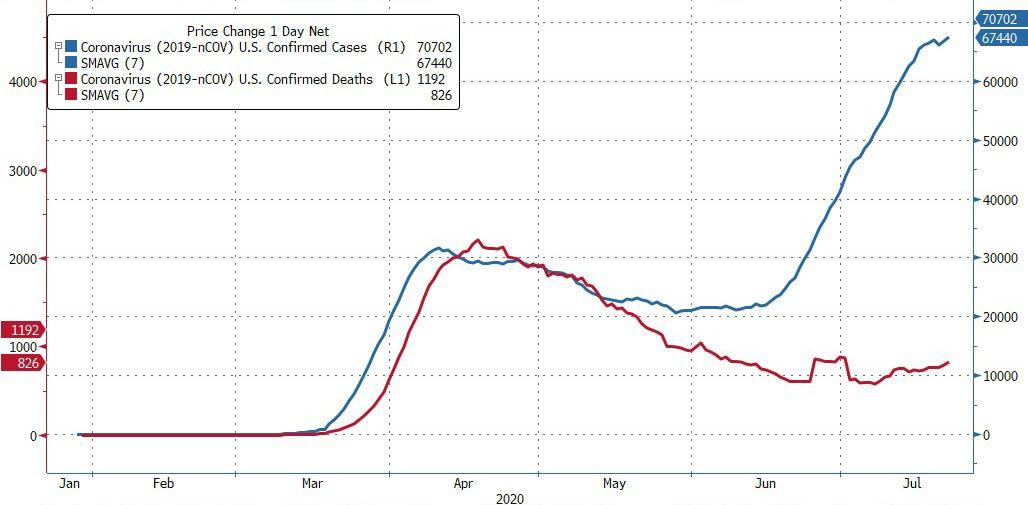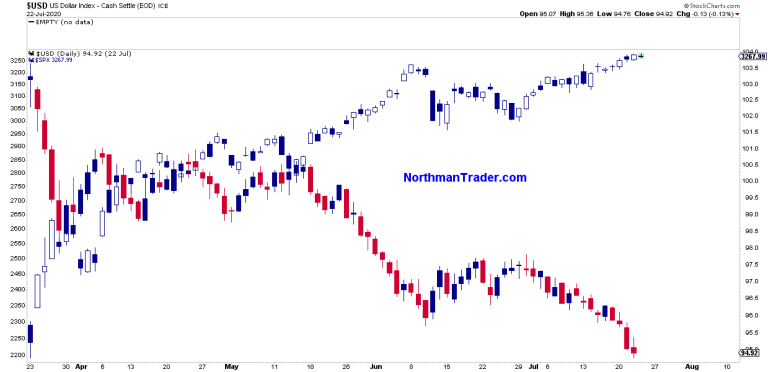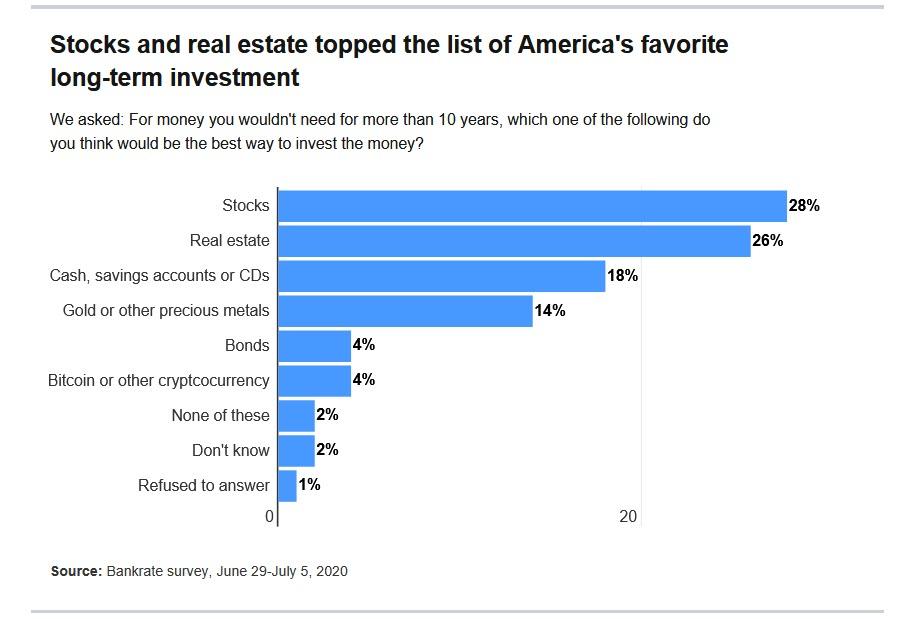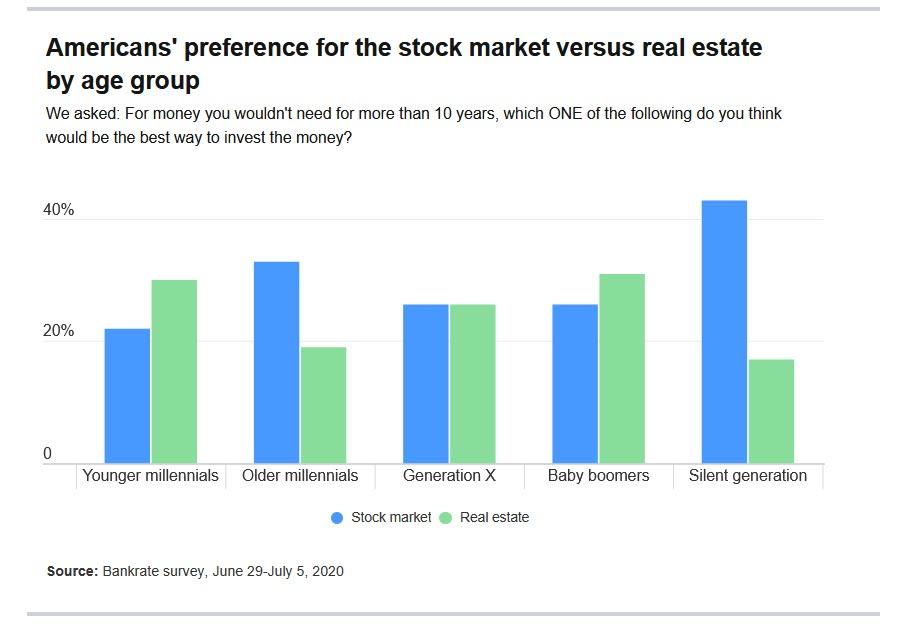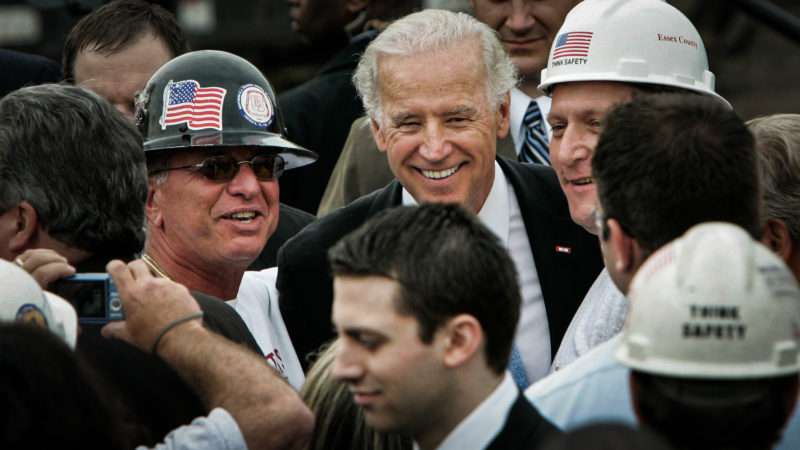
“There’s no more consequential challenge that we must meet in the next decade than the onrushing climate crisis. Left unchecked, it is literally an existential threat to the health of our planet and to our very survival.” That’s Democratic presidential contender Joe Biden, laying out his energy plan for the country.
He wants you to believe that his $2 trillion plan to combat climate change is a bold new agenda to save the planet. In fact, it’s the same old worn-out jobs programs for Democratic Party interests that he’s been pushing since he became a senator in the early 1970s.
“Climate change is real, but it’s not the end of the world,” says writer and activist Michael Shellenberger, who Time named a “hero of the environment” in 2008. He stresses that deaths from natural disasters “have declined 80 percent over the last 40 years, including in very poor countries.” What’s more, says Shellenberger, “carbon emissions have peaked in rich countries. They’re going to peak in poor countries in the next 10 or 20 years.” His new book, Apocalypse Never, makes the case that climate alarmism, which has become a central part of the Democratic Party’s platform, is flat-out wrong and counterproductive for both the environment and the economy.
A major problem of Biden’s rehash of the Green New Deal is that renewable energy sources such as solar power simply can’t scale up to deliver the electricity that a modern society needs. Shellenberger notes, for instance, that solar farms require 400 times more land than natural gas or a nuclear plant because of the physics of sunlight or wind.
Before Biden revealed his massively expensive green energy plan, he had already promised more than $6 trillion in new spending over the coming decade, paid for through a mix of borrowing and hikes in income and corporate taxes. This comes at a time when the COVID-19 lockdown and emergency spending will push the debt above 100 percent of GDP by the end of 2020, and when the federal government is running vastly larger deficits than it did even at the height of the 2008 financial crisis.
Shellenberger says that if politicians were really serious about combating global warming, they would get behind fracking and nuclear energy, which is both clean and practical. Biden doesn’t mention nuclear power, though, because it won’t create jobs for “longshoreman” and “ship builders” or fulfill any other progressive fantasy, such as his dream of a “modern day Civilian Climate Corps” based on the New Deal’s Civilian Conservation Corps.
In Apocalypse Never, Shellenberger argues that environmentalism has become a substitute for religion in an increasingly secular world. Environmentalists, he says, are “treating nature as a new god. They start treating science as a new religion. And that’s when things just go absolutely bonkers and problematic.”
Joe Biden’s “clean energy plan” may make his followers feel saved and it might even help get him elected. But if past is prologue, it won’t create many jobs or help “heal” the planet. It will just mean spending gobs of money we don’t have in a massive giveaway to special interests.
Produced by Nick Gillespie. Graphics by Isaac Reese.
Photo credits: Caro/Oberhaeuser/Newscom, Dan Parrett/Newscom, Michael Bryant/Philadelphia Inquirer/TNS, Bill Clark/CQ Roll Call/Newscom, Michael Nigro/Pacific Press/Sipa USA/Newscom, Pacific Press/Sipa USA/Newscom, Patrick Fallon/ZUMAPRESS/Newscom, Scranton Times-Tribune/ZUMAPRESS/Newscom, Scranton Times-Tribune/ZUMAPRESS/Newscom, Tracy Robillard/ZUMA Press/Newscom, SMG/ZUMA Press/Newscom.Music credits: “Cold River,” by Repina, “Levitate,” by Out of Flux, licensed by Artlist.
from Latest – Reason.com https://ift.tt/39nFtP7
via IFTTT

